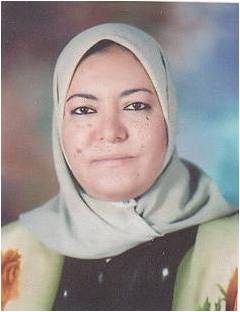The physiological and biochemical responses of two green algae Ankistrodesmus falcatus and Chlorella vulgaris to copper sulphate were investigated. In this experiment both Ankistrodesmus and Chlorella cultures were treated with copper sulphate concentrations ranging from 0. 5 to 250 µM. The influence of copper on growth and metabolism was determined. Ankistrodesmus grown at 250 µM copper sulphate, while Chlorella grown at 100 µM copper sulphate. Low copper sulphate concentrations (0.5, 5, 10 µM) induced growth, pigments, all metabolites (Total carbohydrates, total proteins, total free amino acids, and phenolic compounds) and nitrate reductase activity in Ankistrodesmus cells and then they were decreased with increasing copper sulphate concentrations. In Chlorella the above parameters were decreased under all doses of copper used . In Ankistrodesmus, soluble carbohydrates, soluble proteins and proline were decreased until 10 µM copper then they increased with increasing copper levels. While in Chlorella they increased in all copper concentrations. SDS-PAGE analysis of Ankistrodesmus falcatus and Chlorella vulgaris grown in different copper sulphate concentrations caused appearance of new polypeptides and disappearance of others. The treatments of Ankistrodesmus with high copper levels (250 µM) caused the
synthesis of twenty new polypeptides bands. .The numbers of polypeptides bands in Chlorella cells were decreased at all copper concentrations when compared with control. There are a differential responses to copper treatments between Ankistrodesmus falcatus and
Chlorella vulgaris. Chlorella vulgaris more sensitive to copper
toxicity than Ankistrodesmus falcatus

